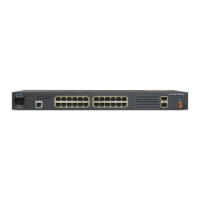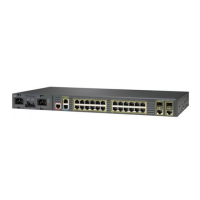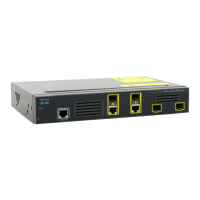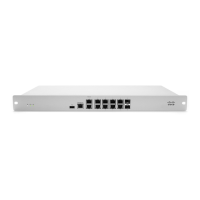Contents
xiii
Cisco ME 3400 Ethernet Access Switch Software Configuration Guide
OL-9639-07
CHAPTER
14 Configuring STP 14-1
Understanding Spanning-Tree Features 14-1
STP Overview 14-2
Spanning-Tree Topology and BPDUs 14-3
Bridge ID, Switch Priority, and Extended System ID 14-4
Spanning-Tree Interface States 14-4
Blocking State 14-6
Listening State 14-6
Learning State 14-7
Forwarding State 14-7
Disabled State 14-7
How a Switch or Port Becomes the Root Switch or Root Port 14-7
Spanning Tree and Redundant Connectivity 14-8
Spanning-Tree Address Management 14-9
Accelerated Aging to Retain Connectivity 14-9
Spanning-Tree Modes and Protocols 14-9
Supported Spanning-Tree Instances 14-10
Spanning-Tree Interoperability and Backward Compatibility 14-10
STP and IEEE 802.1Q Trunks 14-11
Configuring Spanning-Tree Features 14-11
Default Spanning-Tree Configuration 14-11
Spanning-Tree Configuration Guidelines 14-12
Enabling Spanning Tree on an ENI 14-13
Changing the Spanning-Tree Mode. 14-14
Disabling Spanning Tree 14-15
Configuring the Root Switch 14-15
Configuring a Secondary Root Switch 14-17
Configuring Port Priority 14-17
Configuring Path Cost 14-19
Configuring the Switch Priority of a VLAN 14-20
Configuring Spanning-Tree Timers 14-21
Configuring the Hello Time 14-21
Configuring the Forwarding-Delay Time for a VLAN 14-22
Configuring the Maximum-Aging Time for a VLAN 14-22
Displaying the Spanning-Tree Status 14-23

